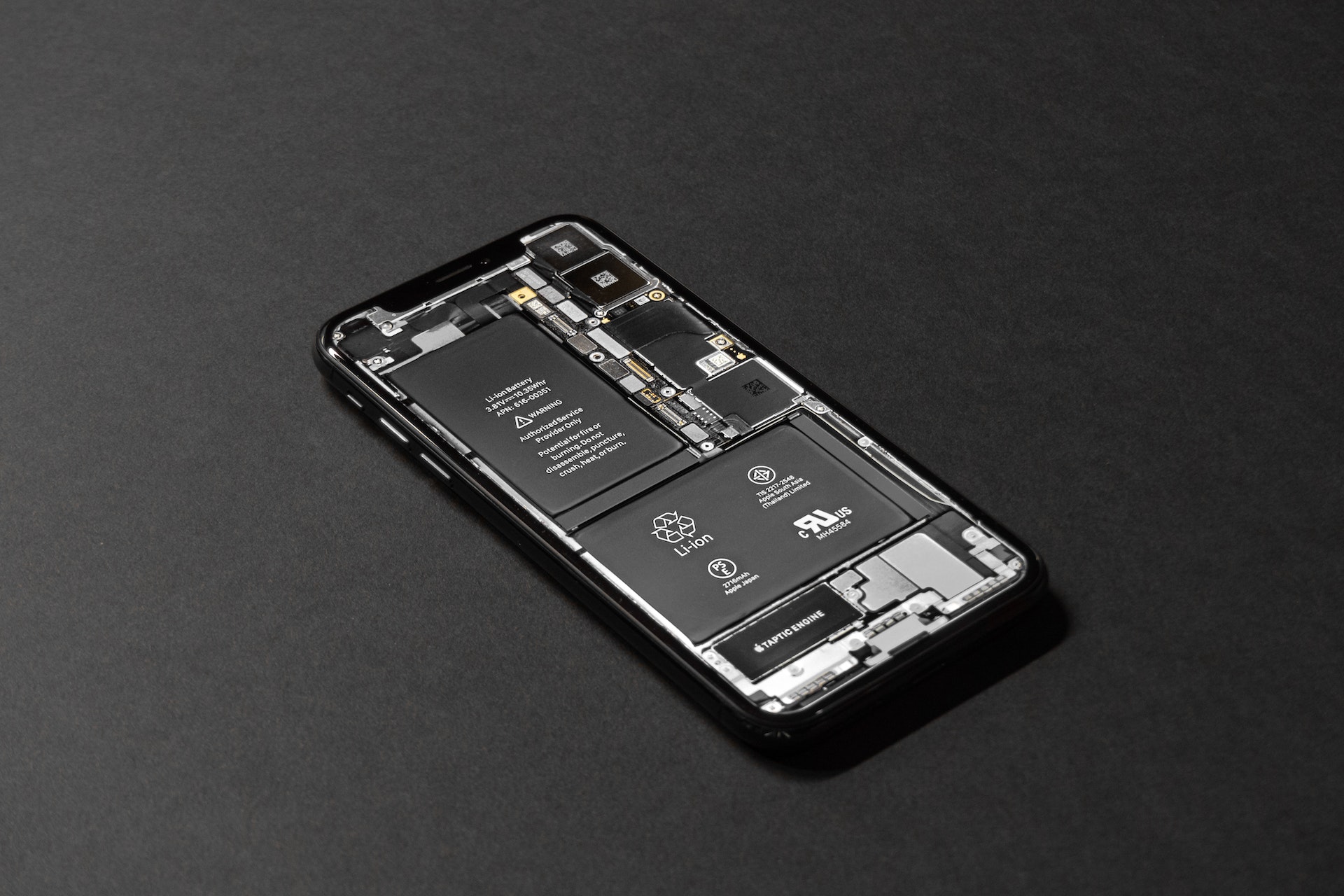Fresh off the standardisation of USB-C type connectors for all new smartphones, the EU is again looking to move mobiles forward with a push for removable batteries. Once legislation is complete, manufacturers will have 3.5 years to redesign their systems to accept a removable standard, the implications of which are revolutionary.
For years now, the weak point of smartphone longevity has been their battery lives. Batteries naturally degrade over time, and once a charge can no longer last a full day, the usefulness of a smartphone is finished. A replaceable battery would eliminate this problem, which leaves questions about how long a new-generation mobile phone could remain useful.

Measuring a Lifespan Beyond a Battery
How useful a mobile will remain useful for without an issue of battery life depends on what a device is used for. On the less demanding side of the equation, websites like online casinos demonstrate a common range of strain that most systems will experience. For example, consider what will change for those who play slot games for real cash on up-to-date websites. These games like Big Bass Splash and Bulldozer are low-demand despite being cutting edge, so players could expect the phone they have now to continue operating similar games until at least the end of the 2020s.
This consistently only applies to low-demand uses, however, as programs and systems which push mobile performance to the limits will hit a wall much sooner. Modern mobile phones can serve as the processors for certain types of VR, in a corner of the market that is only expected to grow. VR is extremely demanding, however, which means as VR tech improves, an ageing phone is not going to be able to keep up. Even desktop computers can struggle with VR performance, so any user intent on this hardware combination will inevitably be left in the dust.
Beyond processor performance, there could also be caveats relating to the side functions of a smartphone that users find the most important. The cameras on smartphones like the iPhone and Pixel range of phones are fantastically well-designed, but they’re also constantly outdone by newer generations. This means if you’re the type of person who uses their phone for high-quality picture and video content, no amount of battery replacements is going to help you keep up.
Areas of practically no concern involve storage space and connection speeds. Since external storage is standard with ever-expanding microSD cards, it’s possible to keep the space on your device growing. There is a potential caveat here in that some devices only allow apps to be installed on internal non-swappable memory, but this can be overcome with some trickery. Connection technology and speeds are also likely not going to be a problem anytime soon, as devices made 3.5 years from now will be 5G compatible, which provides more than enough speed to last for the next decade.
Though this new law from the EU is yet to be signed off by European Parliament and the Council, the benefits of reducing e-waste and saving money are too significant to ignore. With required processing speeds plateauing and the ability to replace batteries, mobiles could become much more of a long-term investment than a component in need of constant replacement. While no smartphone will last forever, it’s moves like this that could fundamentally reshape the way we view the mobile ecosystem.

